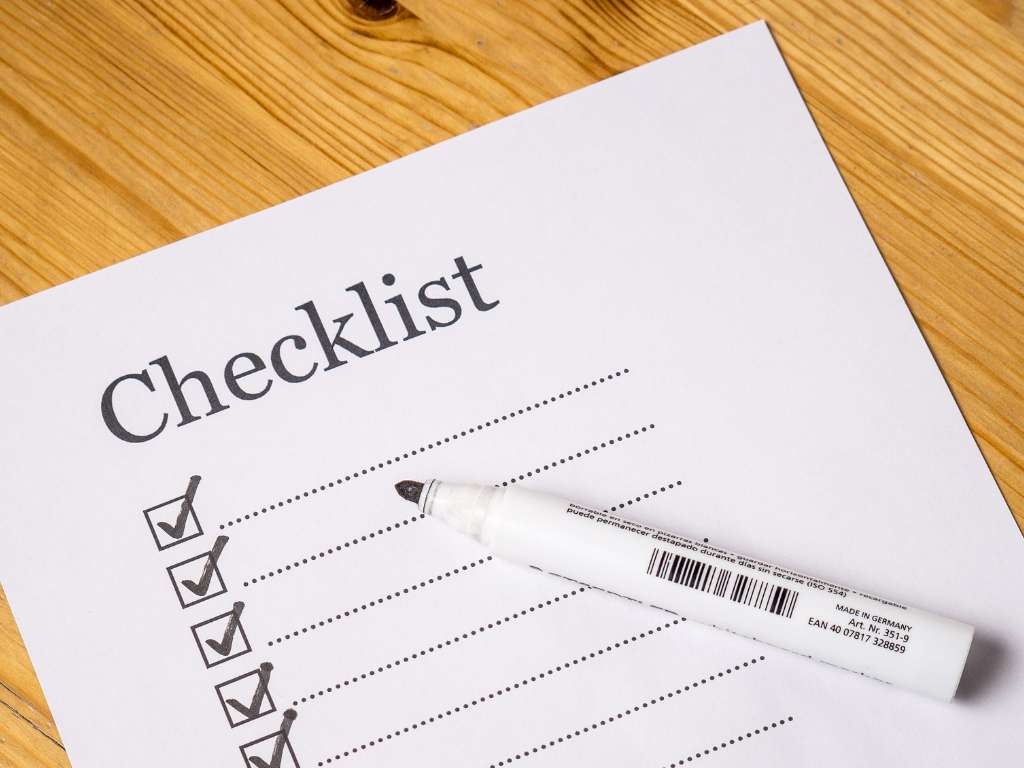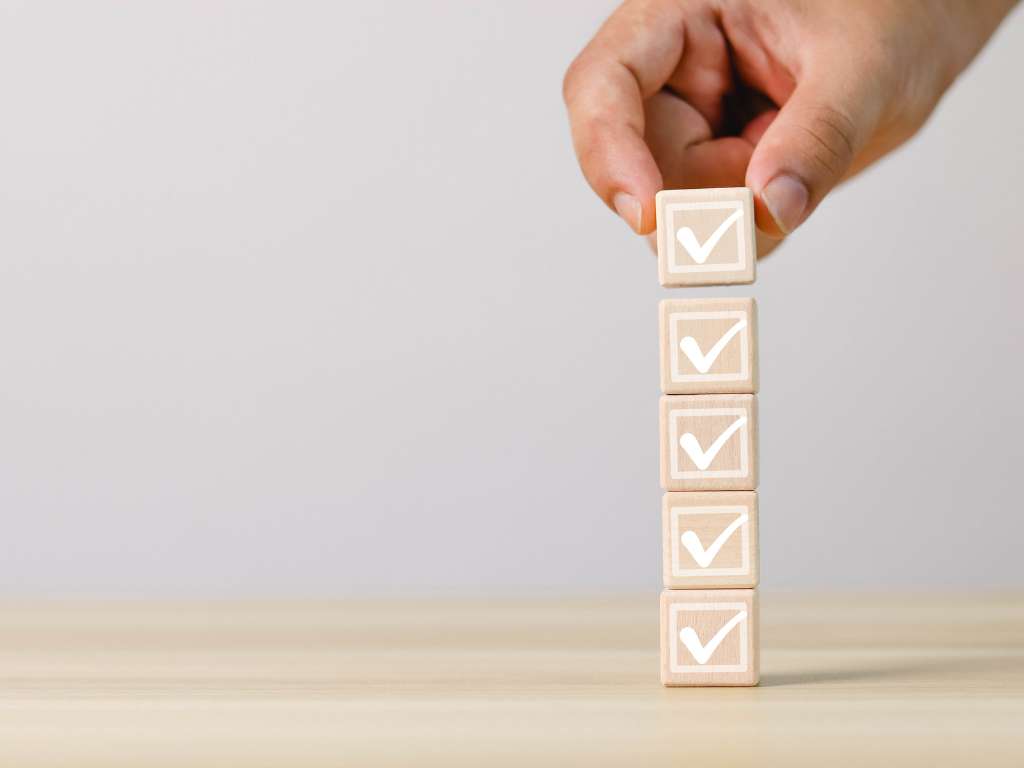The Benefits of Creating a Proposal Checklist

In the competitive world of government contracting, the ability to consistently produce high-quality proposals is essential for success. One effective tool that can significantly enhance the proposal development process is a comprehensive proposal checklist. In this guide, we’ll explore the numerous benefits of creating and using a proposal checklist. Improved Organization and Efficiency: A well-structured […]
Your Proposal Checklist Guide

In the competitive landscape of business, crafting a compelling proposal is essential for securing new opportunities, winning contracts, and driving growth. However, with various elements to consider and potential pitfalls to avoid, it’s easy to overlook critical details that could make or break your proposal’s success. To ensure you’re well-prepared to create a winning proposal, […]
